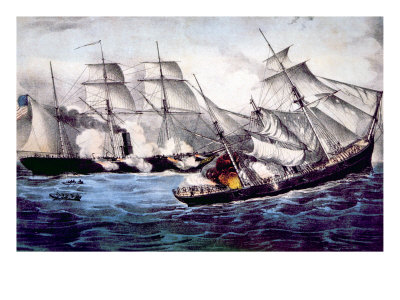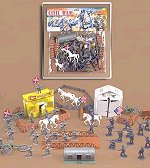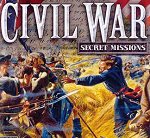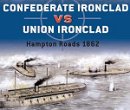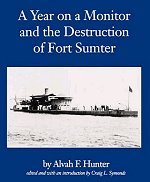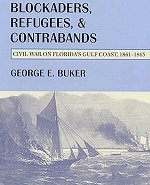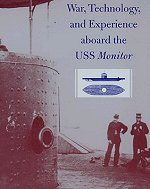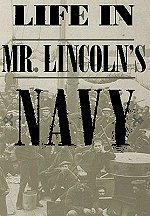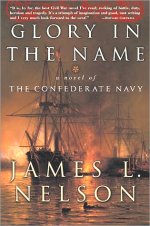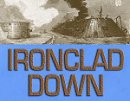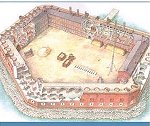Agrippina
Agrippina was a British bark built at Scarborough by the Tindall yard in 1834 and engaged in the Mediterranean trade when bought or chartered secretly by the Confederacy in 1862; she acted as the first and principal tender to the raider Alabama throughout her meteoric career. One distinguishing mark recorded of her is hull painted "black with a yellow bead along the sides."
Orders of 28 July 1862 written by Commander Bulloch and signed by the ostensible "owner," Mr. A. Hamilton, St. Helen's Place, London, told British Capt. Alexander McQueen—whom the U.S. Consul dubbed "a most active rebel agent"—to proceed to Praya, Island of Terceira in the Azores and await the Enrica (Alabama),which he should recognize when she should "stop a white English ensign to the after shroud of the main rigging * * * you will answer with your number, after which you can communicate freely." Captain McQueen was told that Capt. Matthew S. Butcher (master until relieved by Semmes at Praya) would give him written orders thereafter but, "You are to consider all orders from the commander of the steamer [Alabama] as authorized by us, with or without any other letter of advice."
Later Agrippina, coaled and rearmed Alabama at uninhabited Blanquilla Island in the Caribbean, at Praya again in mid-January 1864, and elsewhere, while Federal cruisers searched in her wake all over the Caribbean and South Atlantic. Once in May-June 1863 USS Mohican and Onward cornered both Agrippina and Castor (Georgia's tender) in Bahia and stayed there in Brazilian waters until their presence forced the two barks to sell their coal and gunpowder in consideration of a clearance from the port; Agrippina loaded "pecava" and rosewood for London, thus being unable to meet Semmes at the Cape of Good Hope as ordered.
Bahama
Bahama of London was a "very fast," iron bark-rigged propeller built fn the Pearse yard at Stockton-on-Tees in 1862—in one month—most modern in design and near-sister to Bermuda. Acquired by the Confederacy as a new ship, late the following year she became tender to CSS Alabama (q.v.). The U.S. Consul at London wrote, 24 February 1863, that she had sailed the 21st in ballast with a crew of 34, "double the number required for working the vessel. Her clearance was for Hong Kong, but I understand she goes to meet theAlabama. Cunard, Wilson & Co., the same house that cleared her before, cleared her this time. Her captain is W. Rowe. She is bound on mischief and should be captured wherever found."
Bahama had already been transporting munitions for the Confederate Government for nearly a year. Her first load, under Capt. Eugene L. Tessier, formerly of Bermuda, was "a large and valuable cargo of cannons and small arms" from Hamburg, 27 March 1862, to Nassau via Funchal, for the U.S. Minister in Brussels was so interested in Bahama and her million-dollar load, "the most valuable cargo yet shipped by the rebels," that he drew a priceless sketch of the ship, thus preserved to this day in official records with a description, in unaccustomed detail, of "a new screw steamer of about a thousand tons measurement, painted black, with a narrow red stripe around her waist; yellowish-gray below the waterline; yellow houses and boats; much gilt and filigree work about her bows and stern; upper half of her chimney red, lower half black; name gilded on light blue ground on each bow and upon her stern; roofs of her houses rounded and painted white; three masts, two of them square-rigged, carrying topgallant sails; heads and yards painted black; five boats in sight." The consul in Hamburg also reported her to Secretary Seward.
Tuscaloosa
The American bark Conrad, en route from Buenos Aires to New York with a cargo of wool and goat skins, was captured by CSS Alabama on 20 June 1863. Being fast and well adapted for a cruiser, Capt. R. Semmes, CSN, commissioned her the next day as a cruiser and tender to the Alabama, renaming her Tuscaloosa. Three 12-pounders and a plentiful supply of rifles, pistols and ammunition were transferred to her with enough provisions for a 3-month cruise. Lt. J. Low, CSN, with 15 men, was ordered on board with instructions for an African cruise in the direction of the Cape of Good Hope.
On 31 July Tuscaloosa captured the American ship Santee with a cargo of rice and bonded her for $150,000. On 8 August, Low brought his ship into Simon's Bay in South Africa, departing thence for a 90-day cruise during which he stopped at Angra Pequena, Southwest Africa, to discharge Tuscaloosa's cargo of wool and goat skins. On 19 November he put into St. Catherine's, Brazil, for supplies but was not allowed to purchase them and was informed he must depart before nightfall.
From there Tuscaloosa returned to Simon's Bay on 26 December only to be seized by British authorities as an uncondemned prize which had violated the neutrality of Her Majesty's Government. They ordered her to be held until properly reclaimed by her original owners. Lieutenant Low and his men left the ship and an officer and men from HMS Narcissus were placed on board. Her owners did not reclaim her and in March 1864 she was released by the British authorities.

Confederate Phoenix
The CSS Virginia
The CSS Virginia of the Confederate States Navy destroyed two of the most formidable warships in the U.S. Navy. Suddenly, with this event, every wooden warship in every navy in the world became totally obsolete

Ironclads and Big Guns of the Confederacy : The Journal and Letters of John M. Brooke
Information about the Confederate Navy's effort to supply its fledgling forces, the wartime diaries and letters of John M. Brooke tell the neglected story of the Confederate naval ordnance office, its innovations, and its strategic vision.
